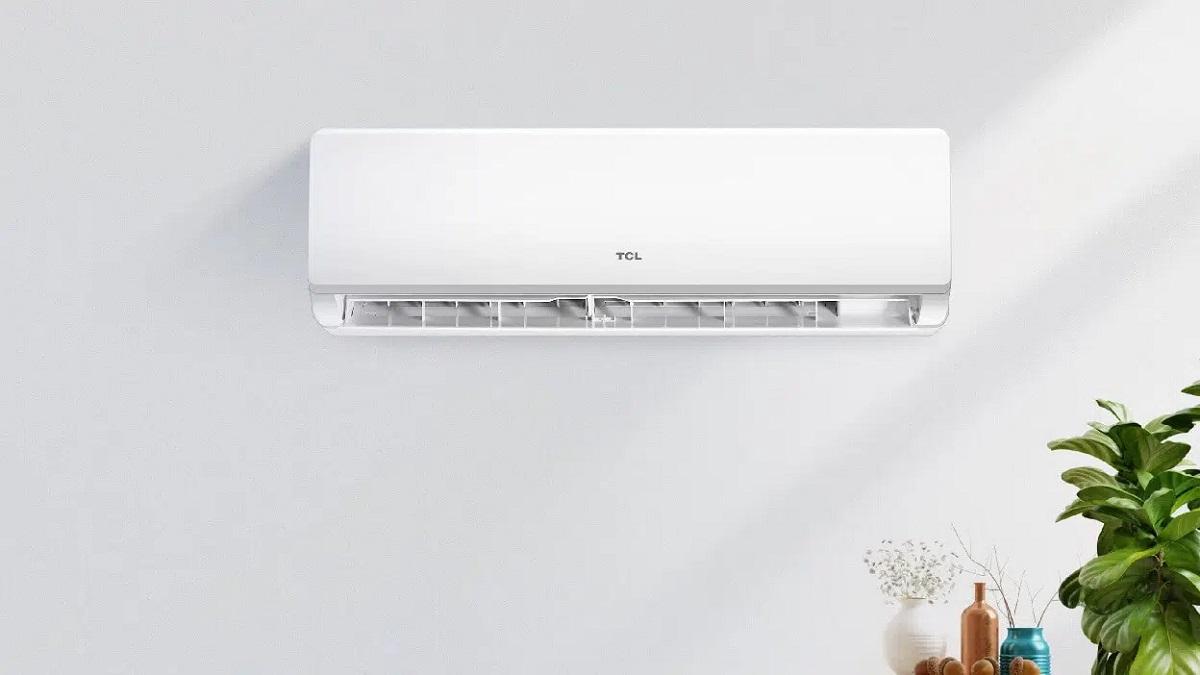

Articles
How Much AC Unit Cost
Modified: April 23, 2024
Looking for articles on how much AC units cost? Find comprehensive information and pricing details in our helpful guide.
(Many of the links in this article redirect to a specific reviewed product. Your purchase of these products through affiliate links helps to generate commission for Storables.com, at no extra cost. Learn more)
Introduction
When it comes to staying cool during the summer months, an air conditioning (AC) unit is a necessity for many households and businesses. However, the cost of purchasing and installing an AC unit can vary significantly depending on several factors.
In this article, we will explore the various factors that can influence the cost of an AC unit. Whether you’re considering a central AC unit, window unit, split unit, or ductless mini-split unit, understanding these factors can help you make an informed decision and budget accordingly.
From the type of AC unit to additional costs to consider, we will delve into all the essential aspects that can impact the overall cost. We will also provide some tips on how to save money while still ensuring that your space stays comfortably cool.
So, whether you’re a homeowner looking to replace or upgrade your existing AC unit, or a business owner wanting to install air conditioning for the first time, read on to discover more about the cost considerations surrounding AC units.
Key Takeaways:
- Understanding the factors influencing AC unit costs, such as type, cooling capacity, and energy efficiency, can help make an informed decision and budget effectively for optimal comfort without overspending.
- By considering additional costs, researching and comparing prices, optimizing energy efficiency, and implementing cost-saving measures, it’s possible to save money on AC unit costs while maintaining a comfortable indoor environment.
Read more: How Much Does An AC Condenser Cost
Factors Affecting AC Unit Cost
When it comes to determining the cost of an AC unit, several factors come into play. Understanding these factors can help you estimate the overall expense and make an informed decision. Here are the key factors that can affect the cost of an AC unit:
- Type of AC Unit: The type of AC unit you choose will have a significant impact on the cost. Central AC units tend to be more expensive than window units or split units. Ductless mini-split units can also vary in price depending on the number of indoor units required.
- Cooling Capacity: The cooling capacity of the AC unit is measured in British Thermal Units (BTUs). Higher BTU units are generally more expensive. The size of your space and the climate in your region will dictate the appropriate cooling capacity required.
- Energy Efficiency: Energy-efficient AC units often come with a higher price tag upfront, but they can save you money in the long run through reduced energy consumption. Look for units with high Seasonal Energy Efficiency Ratio (SEER) ratings.
- Brand and Quality: Different AC brands offer varying levels of quality and performance. Well-known brands with a reputation for durability and efficiency may cost more upfront but can provide better long-term value.
- Installation Requirements: The complexity of the installation process can also impact the overall cost. Installing a central AC unit may involve ductwork modifications, while a ductless mini-split unit may require multiple indoor units and additional electrical work.
- Warranty: AC units with extended warranty coverage may have a higher cost but offer better protection against potential repairs or component replacements.
- Additional Features: Some AC units come with extra features such as programmable thermostats, smart home integration, or advanced air filtration systems. These features can add to the cost of the unit.
It’s important to consider these factors when budgeting for an AC unit to ensure that you choose the right one for your needs without overspending or compromising on quality and efficiency. By understanding the different factors affecting the cost, you can make a well-informed decision that fits your budget and provides optimal comfort.
Types of AC Units
AC units come in various types, each designed to suit different needs and spaces. Understanding the differences between these types can help you determine which one is the most suitable for your specific requirements. Here are the main types of AC units:
- Central AC Units: Central AC units are the most common type found in residential and commercial buildings. They provide centralized cooling by distributing cool air through a network of ducts. These units are usually installed outside the building and require ductwork for air circulation.
- Window AC Units: Window AC units are compact, self-contained systems that are designed to be fitted into a window or a hole in an exterior wall. These units are suitable for cooling individual rooms or small spaces and are relatively easy to install and remove.
- Split AC Units: Split AC units consist of two main components – the indoor unit and the outdoor unit. The indoor unit is mounted on a wall or ceiling inside the room, while the outdoor unit is installed outside the building. These units provide efficient cooling for individual rooms and offer more flexibility in terms of installation options.
- Ductless Mini-Split AC Units: Ductless mini-split AC units are similar to split AC units but do not require ductwork for installation. They consist of one or more indoor units connected to an outdoor unit via refrigerant lines. These units are ideal for spaces where ductwork is not feasible or desired, providing independent cooling for different zones.
Each type of AC unit has its own advantages and considerations. Central AC units offer whole-house cooling but require ductwork, making them suitable for larger spaces. Window AC units are affordable and easy to install but are limited to cooling a single room. Split AC units provide more flexibility in installation and cooling specific zones. Ductless mini-split units offer zone-based cooling without the need for ducts.
Consider factors such as the size of your space, installation requirements, and your cooling needs when choosing the right type of AC unit for your situation. It’s also a good idea to consult with an HVAC professional to help you assess your needs and make an informed decision.
Average Cost of Central AC Units
Central AC units are a popular choice for cooling larger spaces, such as homes or commercial buildings. The cost of a central AC unit can vary depending on various factors, including the cooling capacity, energy efficiency rating, brand, and installation requirements. Here is a general overview of the average cost of central AC units:
On average, the cost of a central AC unit can range from $2,500 to $7,500, including installation. However, it’s important to note that this is a rough estimate, and the actual cost can vary significantly based on individual circumstances.
The cooling capacity of the unit is one of the primary factors that impact the cost. Units with higher BTU ratings tend to cost more. A larger cooling capacity is required for bigger spaces, which can contribute to a higher price tag.
Energy efficiency is another important consideration. Units with higher Seasonal Energy Efficiency Ratio (SEER) ratings are generally more expensive upfront but can result in long-term energy savings and lower utility bills. Look for units with a SEER rating of 14 or higher for optimal efficiency.
Brand reputation and quality also play a role in the cost of central AC units. Well-known brands with a proven track record of performance and durability may come with a higher price tag. However, investing in a reputable brand can provide greater peace of mind and a longer lifespan for the unit.
Installation costs are a significant portion of the overall expense. Factors such as the complexity of the installation, additional ductwork requirements, and any necessary electrical work can influence the final cost. It’s advisable to consult with an HVAC professional to get an accurate estimate based on your specific needs.
It’s important to remember that the cost of a central AC unit is an investment in comfort and energy efficiency. While the upfront cost may seem significant, the long-term benefits, such as improved indoor air quality and increased property value, are worth considering when budgeting for a central AC unit.
Consider obtaining multiple quotes from reputable HVAC contractors to compare prices and ensure you’re getting the best value for your investment. Additionally, check for any available rebates or incentives that could help offset the cost.
Overall, the average cost of a central AC unit can vary greatly depending on multiple factors. It is essential to assess your cooling needs, energy efficiency goals, and budget to choose the right unit that meets your requirements.
Average Cost of Window AC Units
Window AC units are a popular option for cooling individual rooms or small spaces. They offer a convenient and cost-effective solution for those who don’t require whole-house cooling. The cost of a window AC unit can vary depending on factors such as the cooling capacity, energy efficiency rating, brand, and additional features. Here’s an overview of the average cost of window AC units:
On average, the cost of a window AC unit ranges from $150 to $500, depending on the unit’s specifications and features. The cooling capacity, measured in BTUs (British Thermal Units), is one of the primary factors that influence the cost. Units with higher BTU ratings, typically for larger rooms or spaces, tend to be more expensive than units with lower BTU ratings.
Energy efficiency is another factor that can affect the cost of a window AC unit. Models with higher Energy Efficiency Ratios (EER) or Seasonal Energy Efficiency Ratios (SEER) are generally more expensive upfront but can result in long-term energy savings and lower utility bills.
The brand of the window AC unit can also impact the cost. Well-known and established brands tend to have higher prices, but they often come with a reputation for quality and reliability. However, it’s worth considering that lesser-known or generic brands may offer affordable options that still provide efficient cooling.
Additional features and functionalities can also contribute to the cost. Some window AC units may include features such as programmable thermostats, remote controls, digital displays, and advanced air filtration systems. These added features can enhance convenience and comfort but may come with a higher price tag.
Installation costs are relatively low for window AC units since they are designed to fit within a window or a hole in an external wall. However, it’s essential to ensure that the unit is properly and securely installed to prevent any safety hazards or efficiency issues.
When considering the cost of a window AC unit, it’s crucial to factor in the long-term savings in terms of energy efficiency and reduced cooling expenses. Additionally, consider the warranty offered by the manufacturer, as it can provide additional value and peace of mind.
Before making a purchase, it’s recommended to compare prices, read reviews, and consult with HVAC professionals if needed. They can help determine the appropriate cooling capacity for your space and guide you in selecting the best window AC unit that fits within your budget.
By considering factors such as cooling capacity, energy efficiency, brand, and additional features, you can find a window AC unit that meets your cooling needs efficiently and cost-effectively.
Read more: How Much Does An AC Compressor Cost
Average Cost of Split AC Units
Split AC units offer an efficient and flexible cooling solution for individual rooms or specific zones within a building. They consist of two main components – an indoor unit and an outdoor unit – connected by refrigerant lines. The cost of a split AC unit can vary depending on factors such as cooling capacity, energy efficiency rating, brand, and installation requirements. Here’s an overview of the average cost of split AC units:
On average, the cost of a split AC unit can range from $1,500 to $5,000, including installation. However, it’s important to note that the actual cost may vary depending on various factors specific to your situation.
The cooling capacity, measured in BTUs (British Thermal Units), is a significant factor in determining the cost of a split AC unit. Units with higher BTU ratings, suitable for larger rooms or spaces, tend to be more expensive than those with lower BTU ratings.
The energy efficiency rating of a split AC unit is another determining factor. Models with higher Seasonal Energy Efficiency Ratio (SEER) ratings are generally more expensive but offer greater energy savings in the long run.
The brand of the split AC unit can also impact the cost. Well-known and reputable brands often have higher prices due to their established reputation for quality and performance. However, it’s worth considering that lesser-known brands may offer affordable options with comparable features.
Installation costs can vary depending on the complexity of the installation process. Factors such as the distance between the indoor and outdoor units, the need for additional refrigerant lines, and any necessary electrical work can influence the overall installation cost. It’s advisable to consult with an HVAC professional to get an accurate estimate based on your specific requirements.
When considering the cost of a split AC unit, it’s important to weigh the long-term benefits against the upfront investment. Split AC units provide efficient cooling for individual rooms or zones while allowing for independent temperature control. Additionally, their energy efficiency can result in lower utility bills over time.
Before making a purchase, it’s recommended to compare prices, read customer reviews, and consider the warranty offered by the manufacturer. Obtaining multiple quotes from reputable HVAC contractors can also help you find the best value for your investment.
By considering factors such as cooling capacity, energy efficiency, brand, and installation requirements, you can select a split AC unit that meets your cooling needs effectively and fits within your budget.
When considering the cost of an AC unit, it’s important to factor in the size of the unit needed for your space, energy efficiency, installation costs, and any additional features or upgrades. It’s also a good idea to get quotes from multiple reputable HVAC companies to compare prices.
Average Cost of Ductless Mini-Split AC Units
Ductless mini-split AC units provide an efficient and flexible cooling solution for spaces that don’t have existing ductwork or require zone-based temperature control. These units consist of one or more indoor units connected to an outdoor unit through refrigerant lines. The cost of a ductless mini-split AC unit can vary depending on factors such as the number of indoor units, cooling capacity, energy efficiency rating, brand, and installation requirements. Here’s an overview of the average cost of ductless mini-split AC units:
On average, the cost of a ductless mini-split AC unit can range from $2,000 to $10,000, including installation. However, it’s important to note that the actual cost may vary based on several factors specific to your situation.
The number of indoor units required for your space will significantly impact the cost of a ductless mini-split AC system. Each indoor unit can independently cool a specific area or zone, so the more units you need, the higher the cost.
The cooling capacity, measured in British Thermal Units (BTUs), is another key factor that affects the cost. Units with higher BTU ratings, suitable for larger rooms or spaces, tend to have a higher price tag.
Energy efficiency is an essential consideration when choosing a ductless mini-split AC unit. Look for models with high Seasonal Energy Efficiency Ratio (SEER) ratings, as they can offer energy-efficient cooling, resulting in lower utility bills over time. Keep in mind that units with higher efficiency ratings may have a higher upfront cost.
The brand of the ductless mini-split AC unit can also influence the cost. Well-known brands with a reputation for quality and performance may come at a premium price. However, lesser-known or generic brands may offer more affordable options that still provide efficient cooling.
Installation costs for ductless mini-split AC units can vary based on factors such as the complexity of the installation, the number of units, and any necessary electrical work. In some cases, additional installation materials, such as mounting brackets and refrigerant lines, may also contribute to the overall cost. It’s advisable to consult with an HVAC professional to get an accurate estimate based on your specific needs.
While the upfront cost of a ductless mini-split AC unit may be higher compared to other types of units, their energy efficiency, flexibility, and zone-based cooling capabilities can provide long-term benefits and cost savings. Additionally, these systems offer the advantage of easy installation and can be a suitable option for spaces without existing ductwork.
Prior to purchasing a ductless mini-split AC unit, it’s recommended to compare prices, read customer reviews, and consider the warranty offered by the manufacturer. Obtaining multiple quotes from reputable HVAC contractors can also help you determine the best value for your investment.
By considering factors such as the number of indoor units, cooling capacity, energy efficiency, brand, and installation requirements, you can select a ductless mini-split AC unit that meets your cooling needs effectively and fits within your budget.
Additional Costs to Consider
When budgeting for an AC unit, it’s important to consider not only the upfront cost of the unit itself but also any additional expenses that may arise during the installation and maintenance process. Here are some additional costs to consider:
- Installation Costs: The installation of an AC unit often involves hiring a professional HVAC technician. The installation fees can vary depending on the complexity of the installation process, the type of unit, and any necessary modifications or electrical work required.
- Maintenance and Servicing: AC units require regular maintenance to ensure optimal performance and longevity. This can include cleaning or replacing filters, checking refrigerant levels, and inspecting electrical connections. Maintenance costs may vary depending on the extent of the service required and any potential repairs.
- Repairs and Replacements: AC units can experience issues or component failures over time. In such cases, repairs or replacements may be necessary. It’s important to consider the potential costs of repairs or the need to replace certain parts or the entire unit, especially if it’s no longer under warranty.
- Energy Costs: While not directly tied to the AC unit itself, it’s essential to factor in the ongoing energy costs associated with operating the unit. Energy-efficient models can result in lower monthly utility bills, helping to offset the initial investment over time.
- Thermostat Upgrades: Some AC units may benefit from a programmable or smart thermostat upgrade. These thermostats can enhance energy efficiency by allowing you to set specific temperature schedules and control your AC unit remotely. The cost of a thermostat upgrade should be considered if you choose to add this feature.
- Warranty Extensions: AC units often come with a standard warranty, but it may be worth considering an extended warranty for additional coverage. Extending the warranty can provide protection against unexpected repairs or replacements and potentially save you money in the long run.
By factoring in these additional costs, you can ensure that you have a comprehensive understanding of the total investment required for AC unit ownership. It’s important to weigh these costs against the benefits and long-term savings that a properly functioning and efficiently operating AC unit can provide.
Consider budgeting for installation costs, ongoing maintenance and servicing, potential repairs, energy costs, thermostat upgrades, and warranty extensions. Additionally, it’s a good idea to consult with an HVAC professional to get a better understanding of the potential costs specific to your situation.
By being proactive in considering these additional costs, you can make a more informed decision about the overall investment required for your AC unit and ensure that you have a comfortable and efficient cooling solution in place for years to come.
Factors Influencing Installation Cost
The installation of an AC unit involves various factors that can influence the overall cost. Understanding these factors can help you budget appropriately and ensure a smooth and efficient installation process. Here are the key factors that influence the installation cost of an AC unit:
- Type of AC Unit: The type of AC unit you choose can affect the installation cost. Central AC units may require additional ductwork and modifications to accommodate the system, which can add to the installation expenses. Window units and ductless mini-split units typically have easier and less costly installation processes compared to central AC units.
- Complexity of Installation: The complexity of the installation can impact the overall cost. Factors such as the layout of your space, accessibility to utility connections, potential obstacles, and existing infrastructure can influence the labor and time required for installation. In some cases, custom modifications or specialized installation techniques may be necessary, increasing the installation cost.
- Electrical Work: AC units require electrical connections to power and operate the system. If your space does not have existing electrical connections or the electrical system needs upgrades or modifications to support the AC unit, additional electrical work may be required. This can increase the installation cost, as it may involve hiring a licensed electrician.
- Ductwork Modifications (for central AC units): Central AC units rely on ductwork to distribute cooled air throughout the building. If your space does not have existing ductwork or if the ductwork needs modifications or repairs to accommodate the new unit, the installation cost may increase. This can involve adding or extending ducts, sealing leaks, or adjusting the duct layout.
- Piping and Refrigerant Lines (for split and ductless mini-split units): Split AC units and ductless mini-split units require refrigerant lines to connect the indoor and outdoor units. The length and complexity of the refrigerant lines can influence the installation cost. Additional materials and labor may be required for proper installation, including insulation and routing of the lines.
- Permits and Local Regulations: Depending on your location, obtaining permits and meeting local regulations may be necessary for installing an AC unit. Permit fees and compliance with building codes can add to the installation cost. It’s important to check with your local authorities or consult with an HVAC professional to ensure compliance.
It’s important to consider these factors when estimating the installation cost of an AC unit and budgeting accordingly. While installation costs can vary based on individual circumstances, professional installation is recommended to ensure proper placement, connection, and compliance with safety and efficiency standards.
It’s advisable to consult with multiple HVAC professionals to obtain quotes and compare the services they offer. Choose a reputable and experienced contractor who can assess your specific needs, provide a detailed estimate, and answer any questions you may have regarding the installation process.
By understanding and accounting for these factors that influence the installation cost, you can ensure a successful installation while staying within your budget.
Read more: How Much Does A New AC Cost
Tips for Saving Money on AC Unit Costs
Installing an AC unit can be a significant investment, but there are ways to save money while still achieving optimal cooling comfort. Here are some helpful tips for saving money on AC unit costs:
- Research and Compare Prices: Take the time to research different AC unit brands, models, and features. Compare prices from multiple retailers or HVAC contractors to ensure you’re getting the best value for your money. Don’t forget to consider long-term energy savings and warranty coverage when making your decision.
- Optimize Energy Efficiency: Choose an AC unit with a high Seasonal Energy Efficiency Ratio (SEER) rating. Energy-efficient units may have a higher upfront cost but can save you money in the long run by reducing energy consumption. Additionally, look for units with energy-saving features, such as programmable thermostats or sleep modes.
- Proper Sizing: Ensure the AC unit you choose is properly sized for the space you want to cool. An oversized unit can lead to inefficiency and unnecessary energy consumption, while an undersized unit may struggle to effectively cool the area. Consult with an HVAC professional to determine the appropriate size for your specific needs.
- Regular Maintenance: Keep your AC unit in optimal condition through regular maintenance. Clean or replace air filters regularly to ensure proper airflow and efficiency. Schedule professional inspections and servicing to identify and resolve any issues before they escalate into costly repairs. Well-maintained units tend to operate more efficiently and have a longer lifespan.
- Seal Air Leaks: Properly insulate your space and seal any air leaks around windows, doors, and ductwork to prevent cool air from escaping and warm air from entering. This will reduce the workload on your AC unit and help maintain a comfortable indoor temperature without overworking the system.
- Utilize Shading and Ventilation: Take advantage of natural shading from trees or use window coverings to block direct sunlight and reduce heat gain. Proper ventilation, such as using ceiling fans or installing attic vents, can help distribute cool air more efficiently and reduce the reliance on the AC unit alone.
- Nighttime Cooling: Take advantage of cooler nighttime temperatures by opening windows and using natural ventilation to cool your space. This can significantly reduce the need to run the AC unit during the cooler evening hours, saving energy and reducing costs.
- Consider Zoning: If you have a larger space or multiple rooms to cool, consider using a ductless mini-split AC system or implementing zoning with a central AC unit. Zoning allows you to cool only the areas that need it, saving energy and money by avoiding unnecessary cooling of unused spaces.
- Take Advantage of Rebates and Incentives: Check for available rebates, tax incentives, or energy-saving programs offered by utility companies or government entities. These incentives can help offset the upfront cost of purchasing and installing an AC unit, making it more affordable in the long run.
By implementing these tips, you can not only save money on the initial cost of the AC unit but also enjoy long-term energy savings and prolong the lifespan of your system. Remember, regular maintenance, proper sizing, and energy-efficient practices are key to maximizing your savings and maintaining a comfortable indoor environment.
Consult with HVAC professionals for personalized advice and recommendations based on your specific needs and budget. With careful planning and consideration, you can achieve efficient cooling while keeping costs under control.
Conclusion
Choosing and installing an AC unit requires careful consideration of various factors, such as cost, type of unit, additional expenses, and energy efficiency. By understanding these factors, you can make an informed decision and ensure optimal cooling comfort while keeping costs manageable.
When it comes to the cost of AC units, the range can vary significantly based on factors such as cooling capacity, energy efficiency, brand reputation, and installation requirements. Central AC units, window units, split AC units, and ductless mini-split units all have different price ranges and considerations to keep in mind.
Additional costs, including installation, maintenance, repairs, energy bills, and warranty extensions, must be factored into the overall budget. Proper installation of the AC unit is crucial, and factors such as unit type, complexity of installation, electrical work, ductwork modifications, and permits can all influence the installation cost.
However, there are several strategies you can employ to save money on AC unit costs. These include researching and comparing prices, optimizing energy efficiency, properly sizing the unit, regular maintenance, sealing air leaks, utilizing shading and ventilation, cooling efficiently during nighttime, considering zoning options, and taking advantage of available rebates and incentives.
In conclusion, investing in the right AC unit for your needs, considering the installation and additional costs, and implementing energy-efficient practices can lead to a comfortable living or working environment while keeping expenses manageable. Consultation with HVAC professionals and diligent research can provide valuable insights and assistance in making the best decisions for your specific situation.
By carefully evaluating your cooling needs, considering your budget, and implementing cost-saving measures, you can enjoy the benefits of a well-functioning AC unit that provides optimal comfort and energy efficiency for years to come.
Frequently Asked Questions about How Much AC Unit Cost
Was this page helpful?
At Storables.com, we guarantee accurate and reliable information. Our content, validated by Expert Board Contributors, is crafted following stringent Editorial Policies. We're committed to providing you with well-researched, expert-backed insights for all your informational needs.
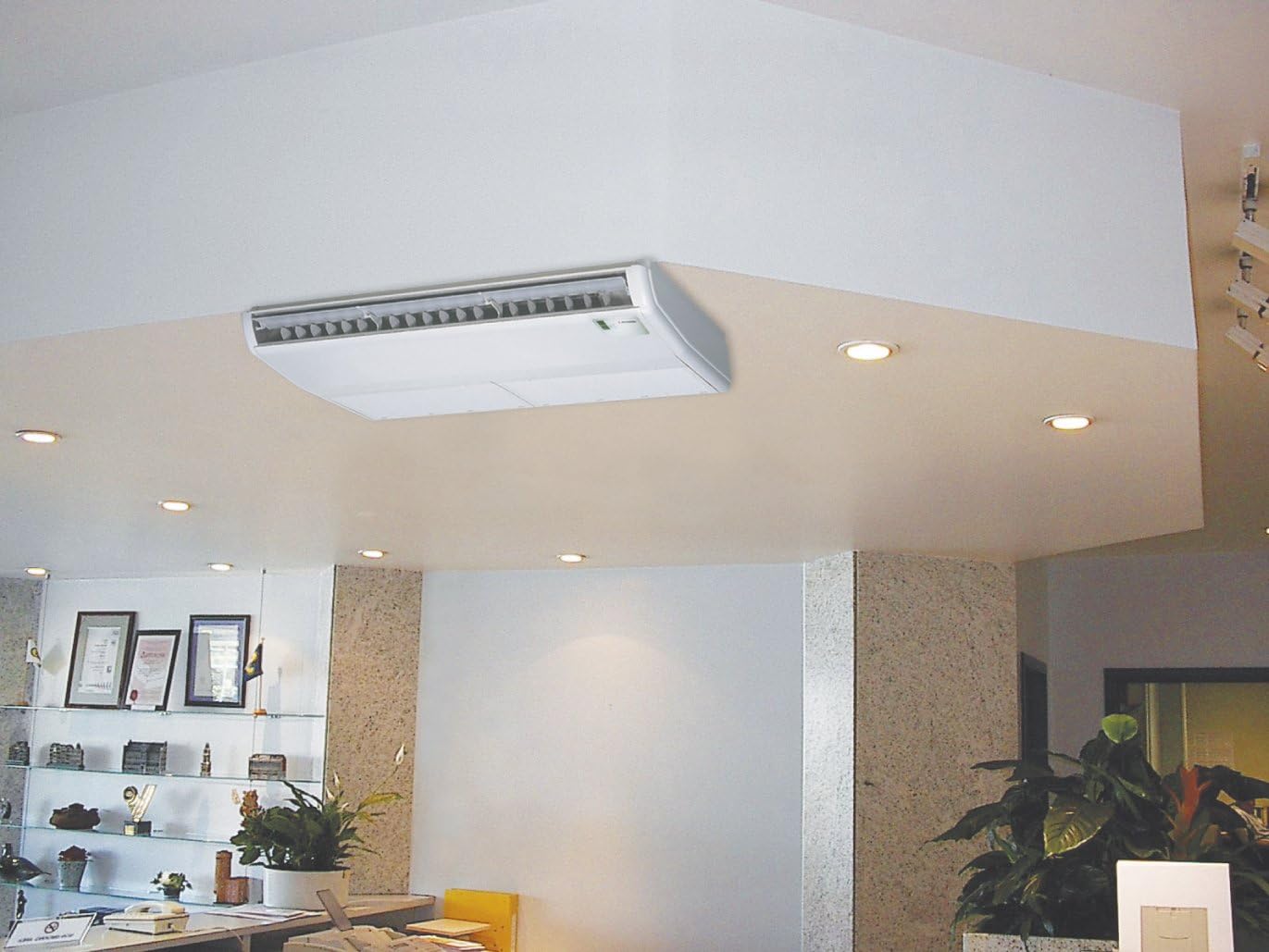
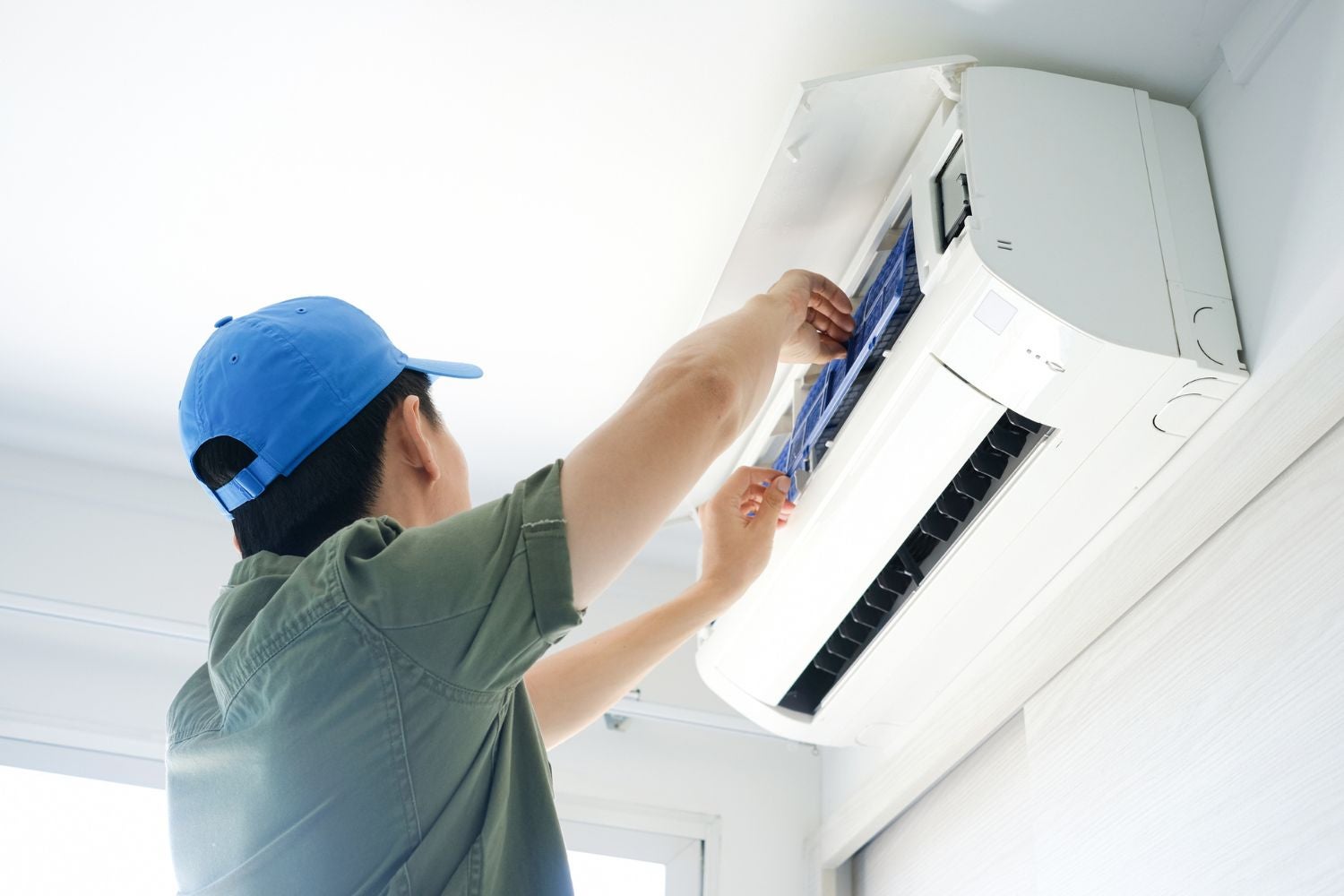
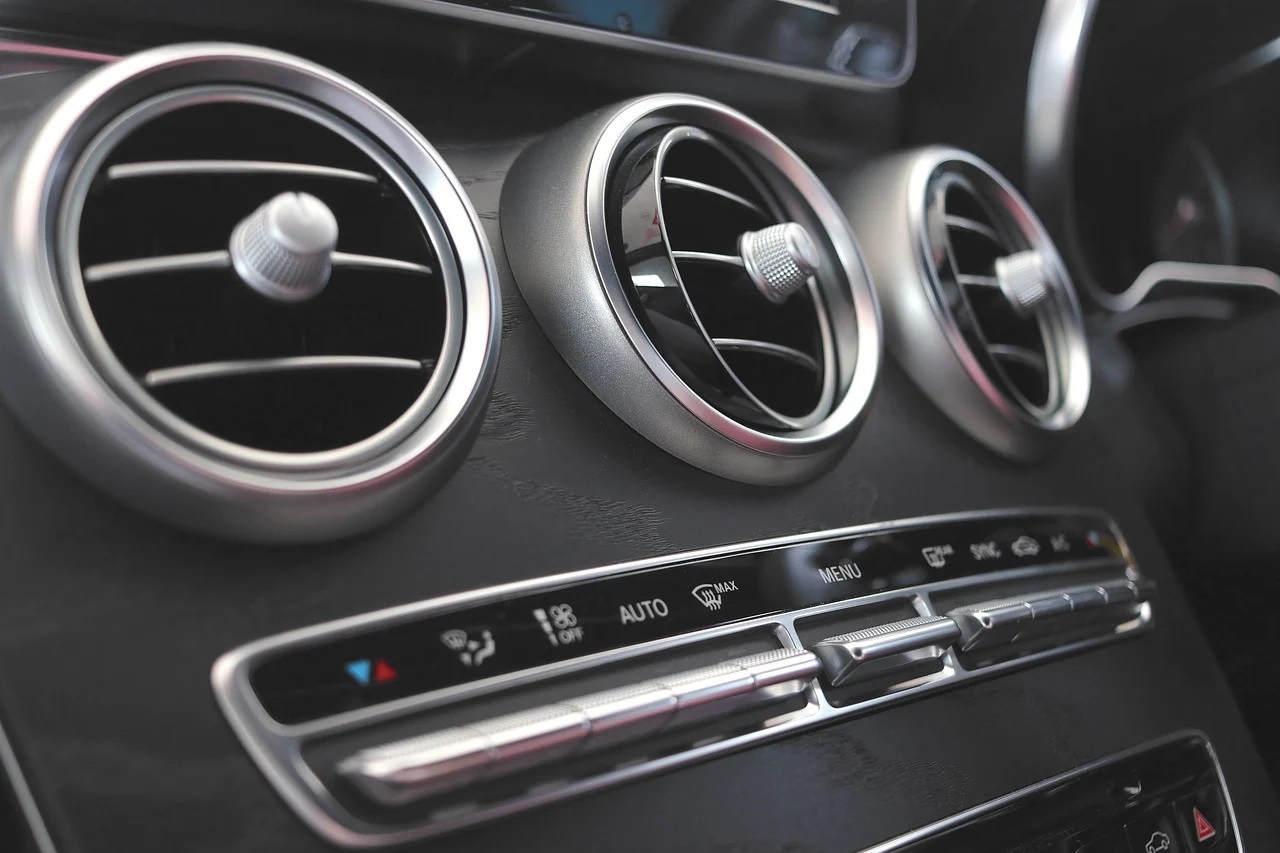
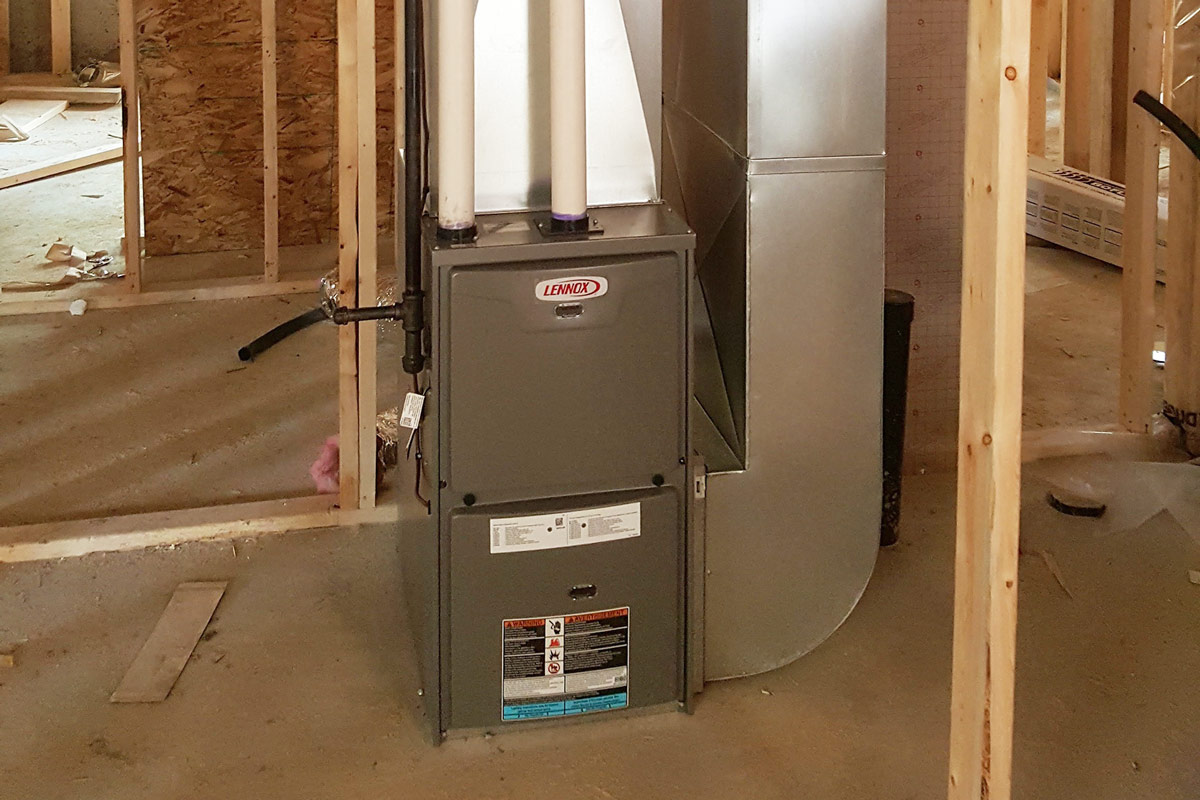
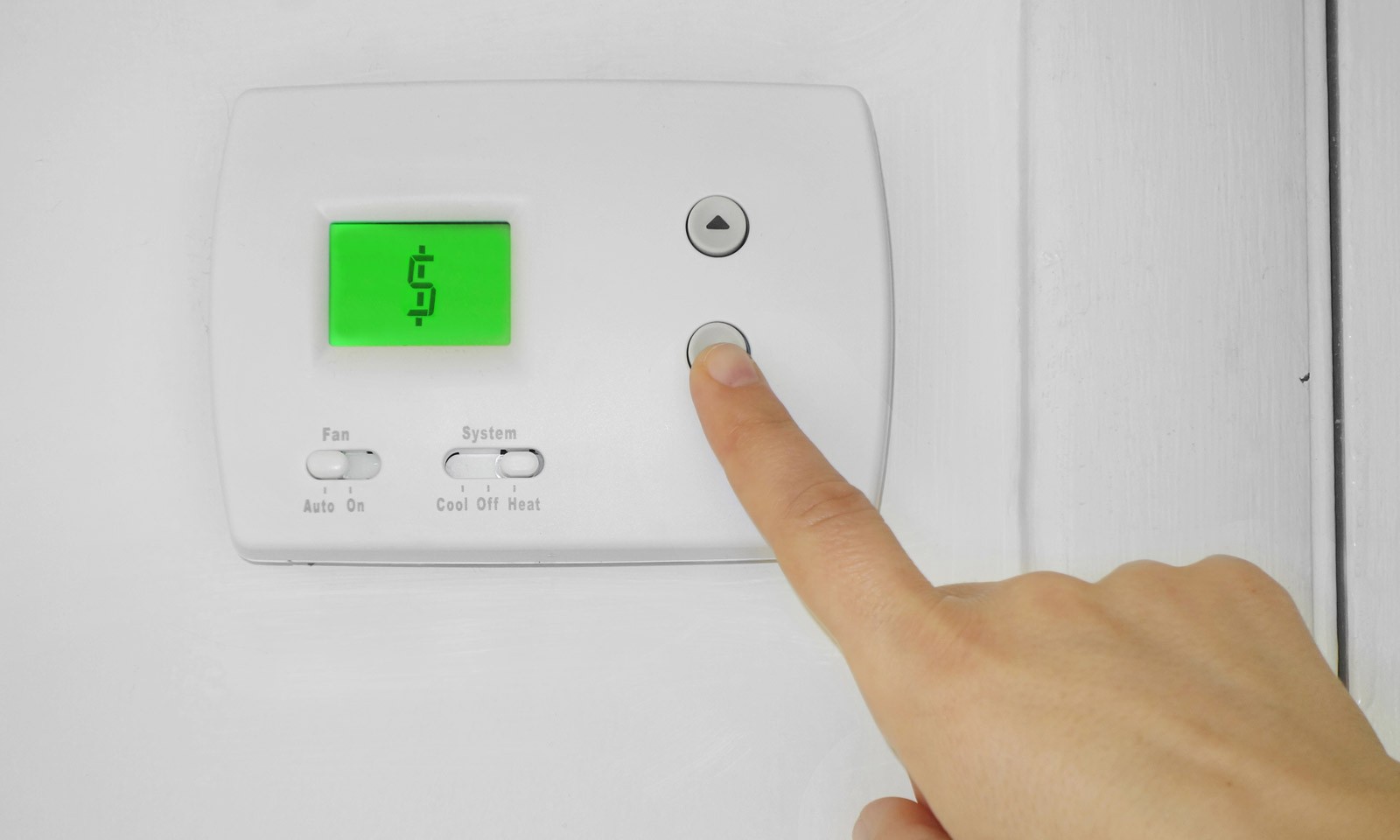
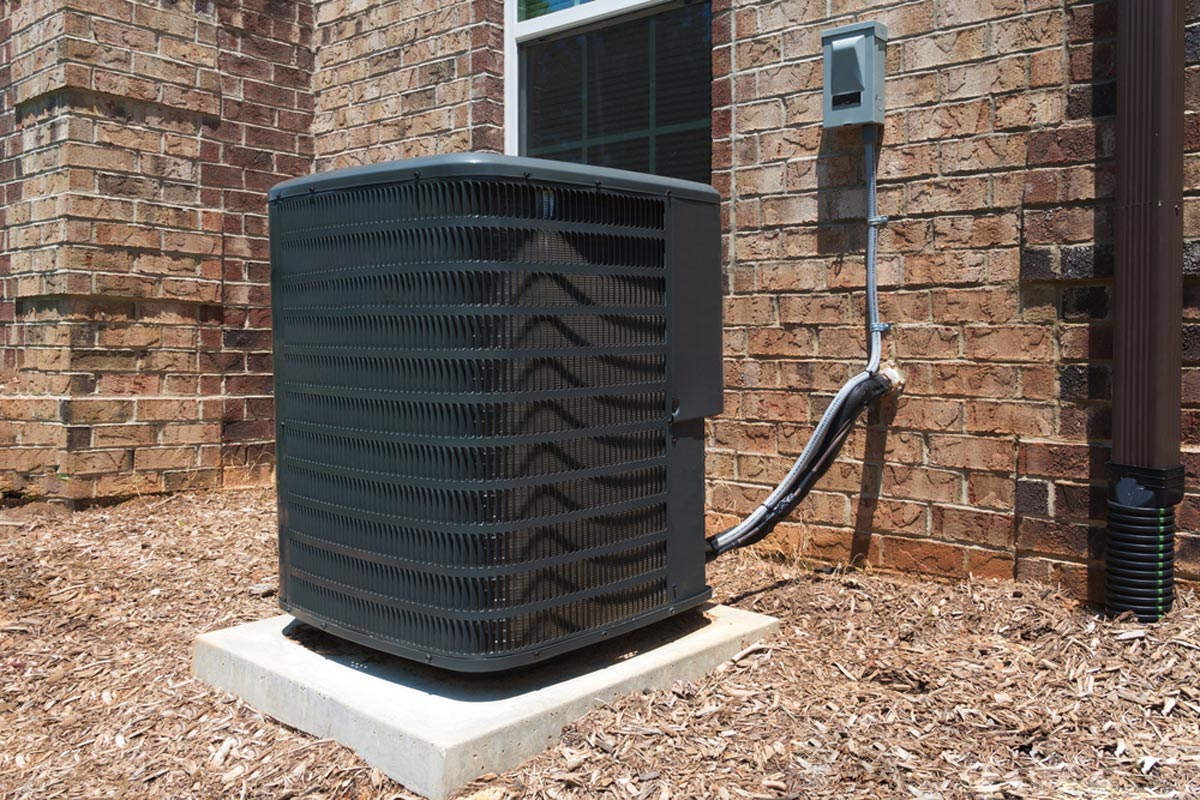
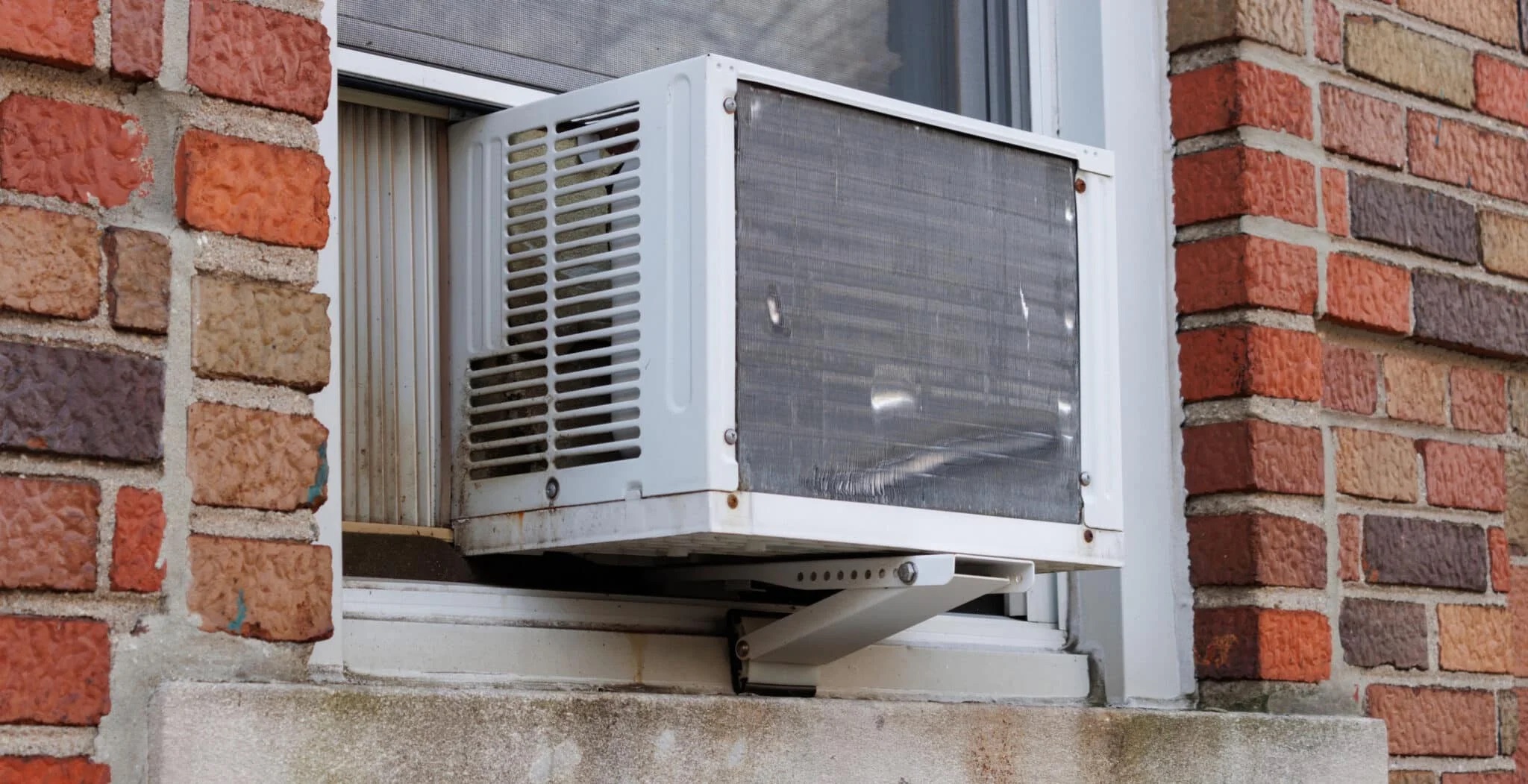
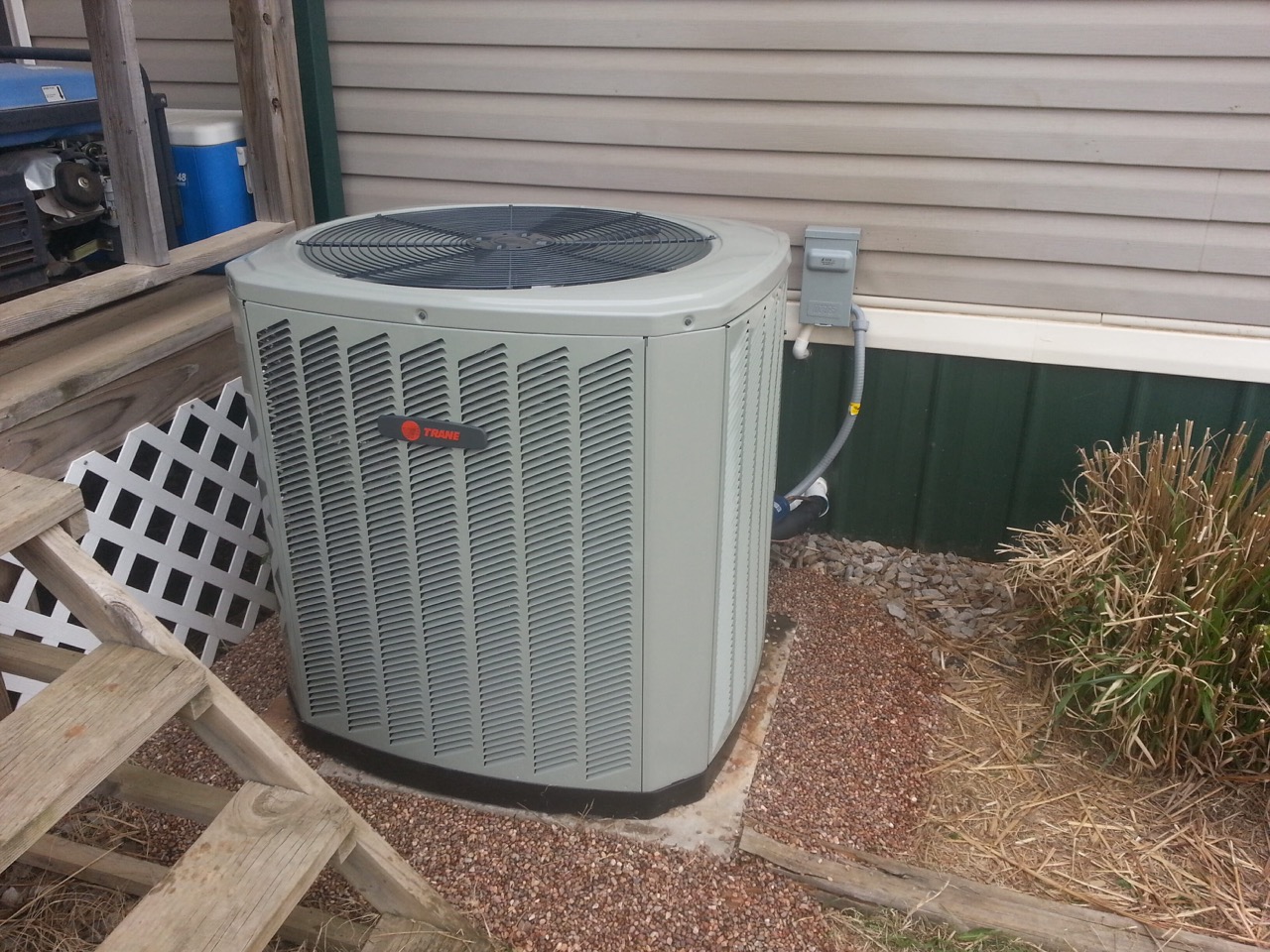
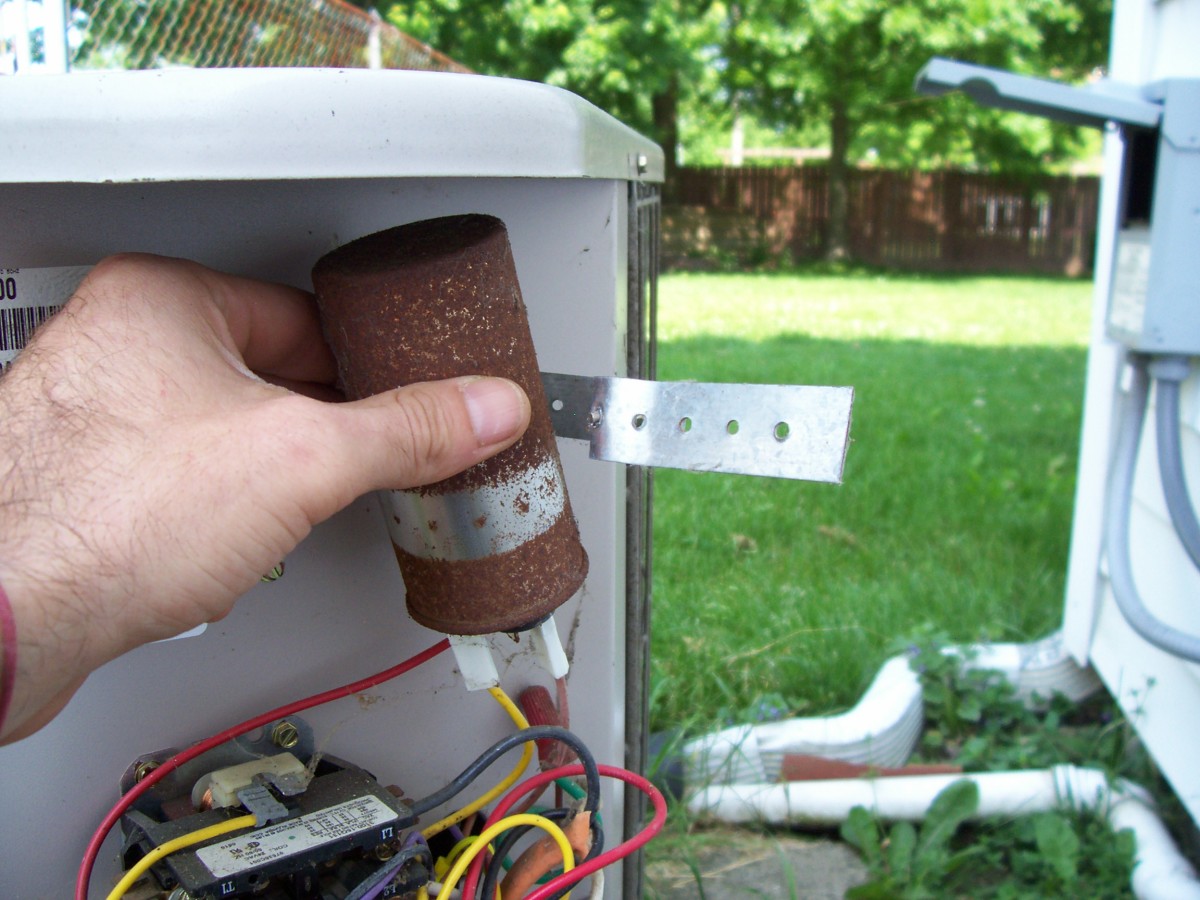
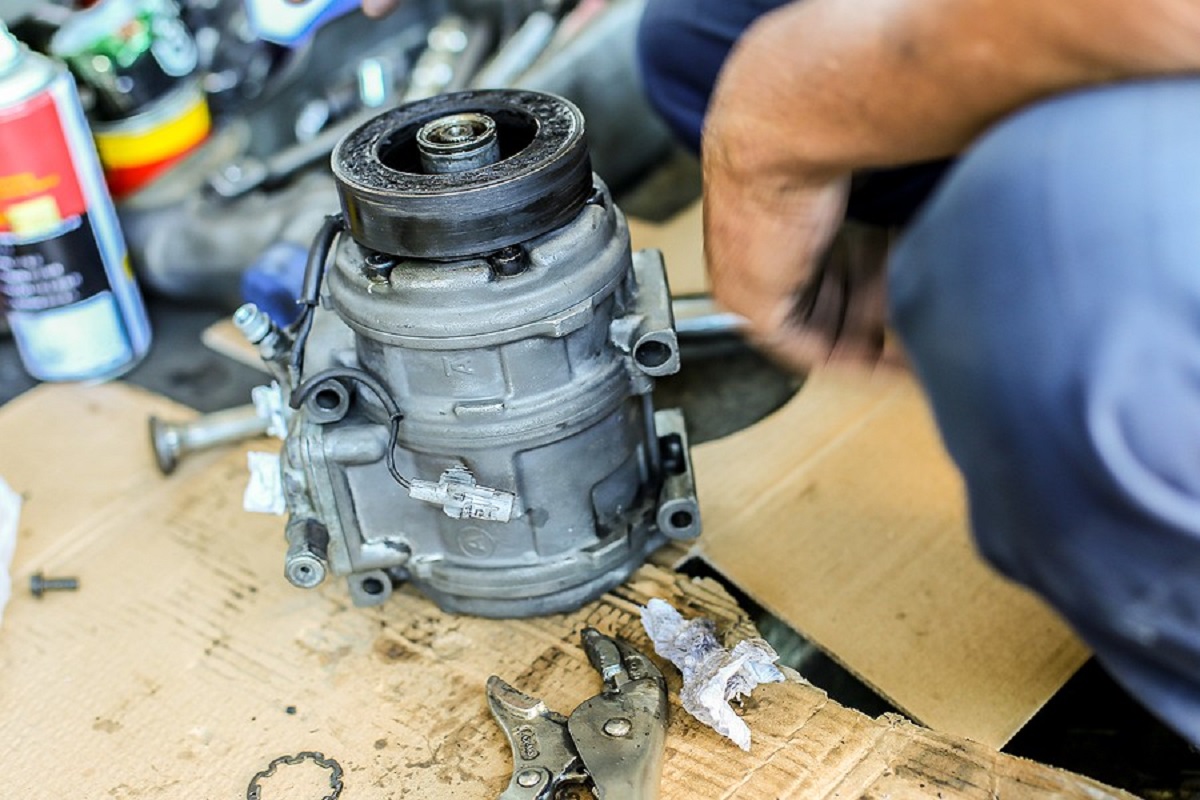
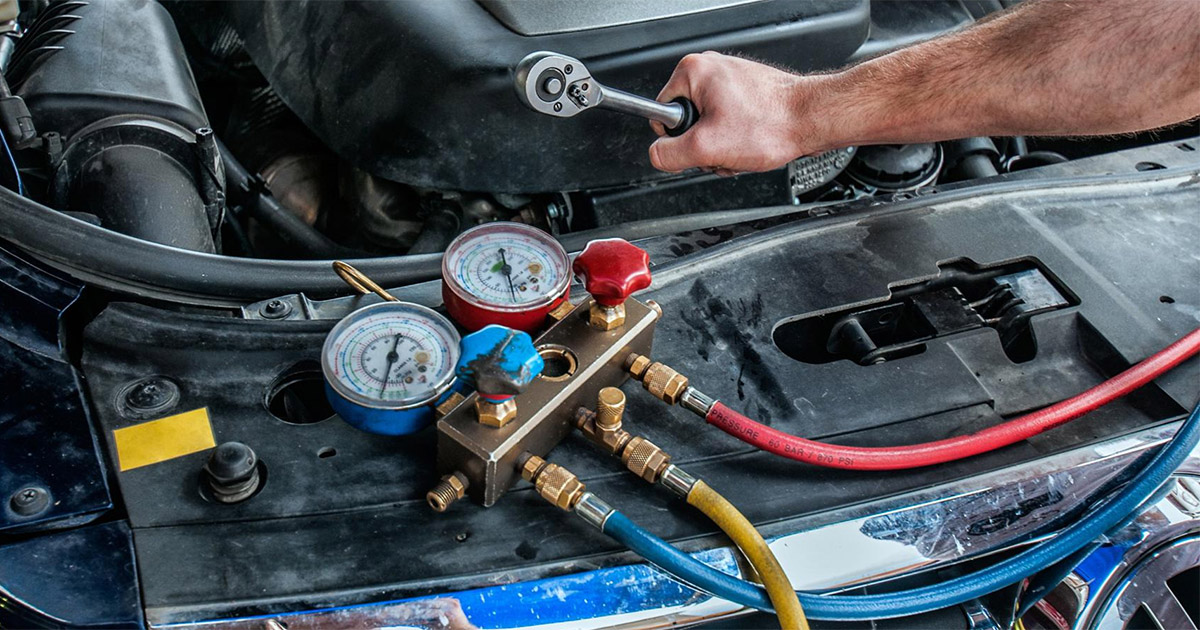
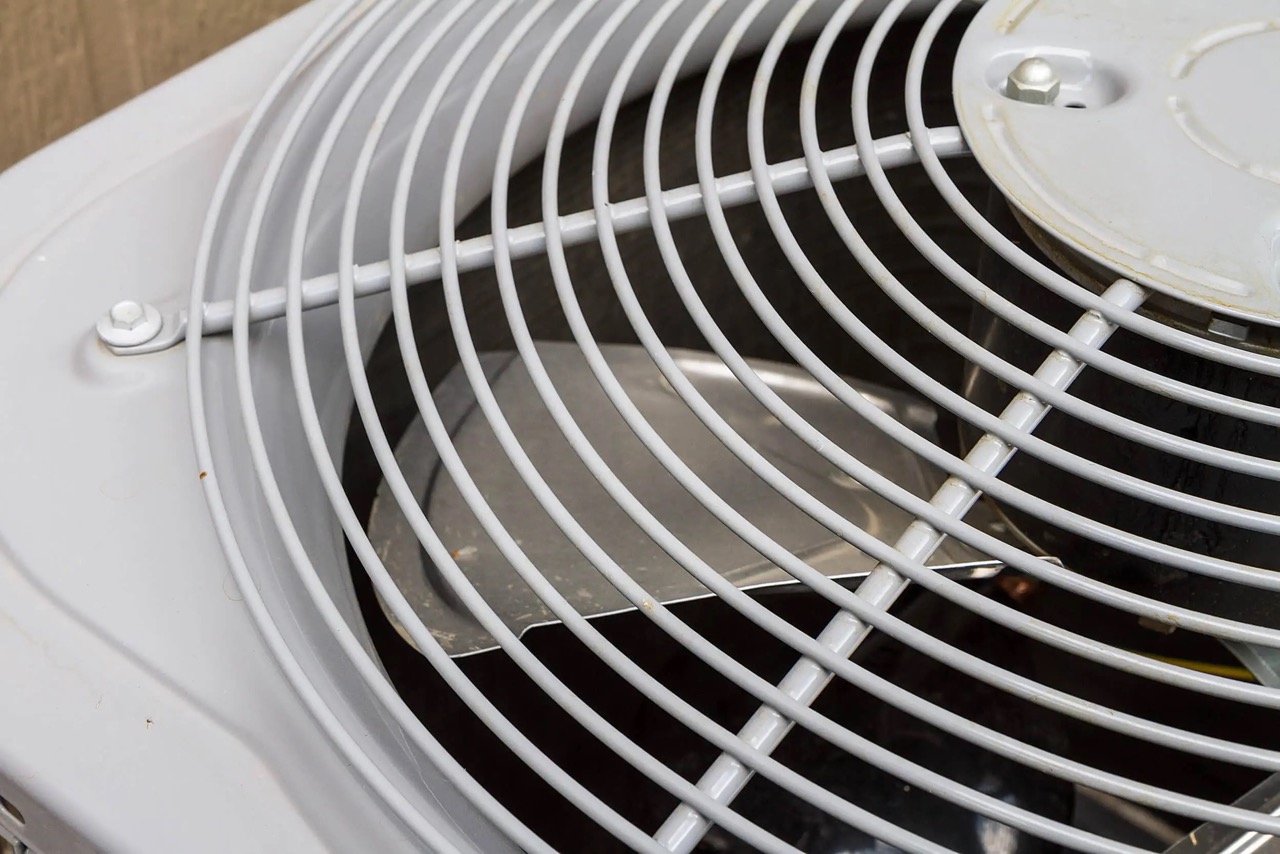
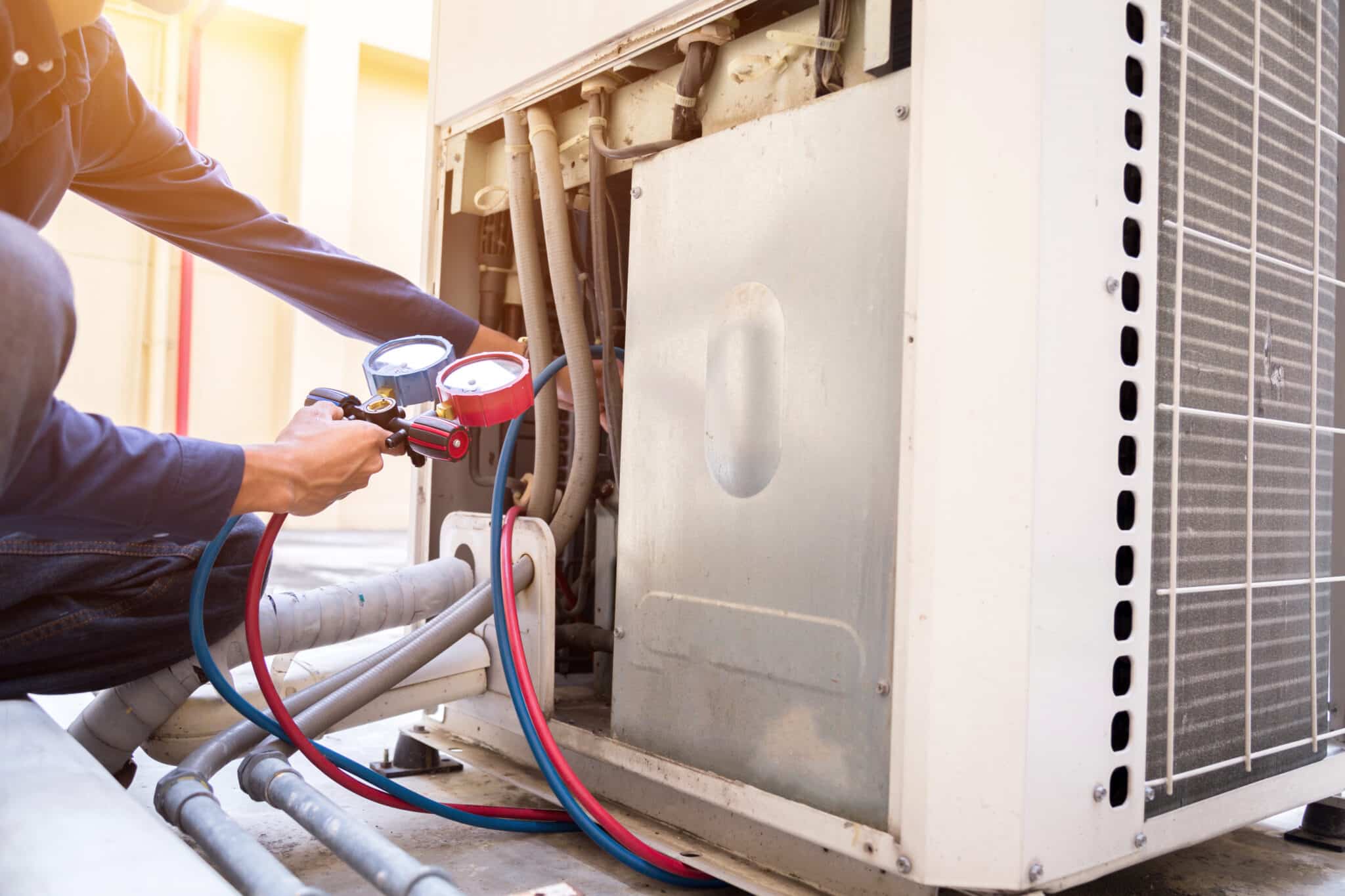

0 thoughts on “How Much AC Unit Cost”